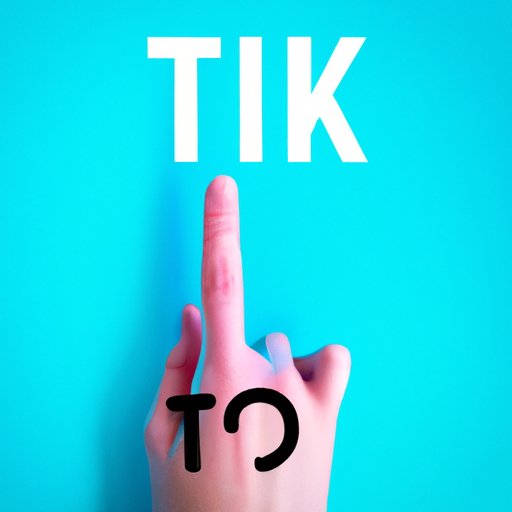Why Is TikTok Bad?
As one of the fastest-growing social media platforms in the world, TikTok has become incredibly popular with young people. With its fun lip-syncing videos, viral dance challenges, and vast library of memes, the app offers hours of entertainment to users worldwide. Despite its popularity, TikTok has also been a source of controversy among parents, lawmakers, and critics. This article aims to explore some of the risks and negative impacts associated with this app.
The Risks Associated with TikTok’s Approach to Personal Data and Safety
Users of the app are asked to provide information when creating an account, including their name, date of birth, email address, and phone number. In addition, TikTok collects data on user behavior, location, and the devices they use to access the platform. This personal data is used for targeted advertising purposes, which has raised concerns over user privacy and data security.
TikTok’s approach to safety has also been called into question, particularly regarding younger audiences. There have been reports of predatory behavior, cyberbullying, and inappropriate content being shared on the app, which can be detrimental to young people’s mental health and safety.
The Negative Impacts of TikTok’s Algorithm on Mental Health and Societal Norms
TikTok’s algorithm is designed to promote content that is likely to engage users and keep them on the app for longer. This has led to concerns that the app is reinforcing harmful ideologies and stereotypes, particularly around issues such as race, gender, and body image.
The app’s focus on youth culture and beauty standards has also been criticized, with concerns raised about the normalization of unrealistic beauty standards and body shaming. This can have a negative impact on young people’s self-esteem and mental health, as well as perpetuating harmful societal norms.
TikTok’s Normalization of Harmful Behaviors and the Challenges of Moderating Such Content
There have been numerous instances of inappropriate or harmful content being shared on TikTok. Despite the platform’s efforts to moderate such content, it can be difficult to screen all content effectively, particularly given the app’s vast user base.
One example of such content is the recent trend of taking the “Benadryl challenge,” where users take large amounts of the allergy medication in an attempt to experience hallucinations. This challenge has been linked to hospitalizations and even deaths and highlights the challenges of moderating harmful behavior on social media.
How TikTok Can Negatively Affect Social Skills and Relationships in the Real World
One of the most significant concerns about TikTok is its addictive nature. The app is designed to keep users engaged for as long as possible, which can have negative impacts on real-life relationships.
The app’s emphasis on superficial interactions and followers can also lead to an unhealthy focus on social media presence rather than genuine connections. There are concerns about the impact this could have on children’s communication skills and face-to-face interactions.
Conclusion
While TikTok might seem like harmless fun, it has the potential to cause real harm. Its approach to personal data and safety, its impacts on mental health and societal norms, its normalization of harmful behaviors, and its negative effects on social skills and relationships all highlight the need for better regulation and safeguards for users, particularly younger audiences. We should all take steps to be more aware of the content we consume and share on social media platforms and advocate for better protections for users.
